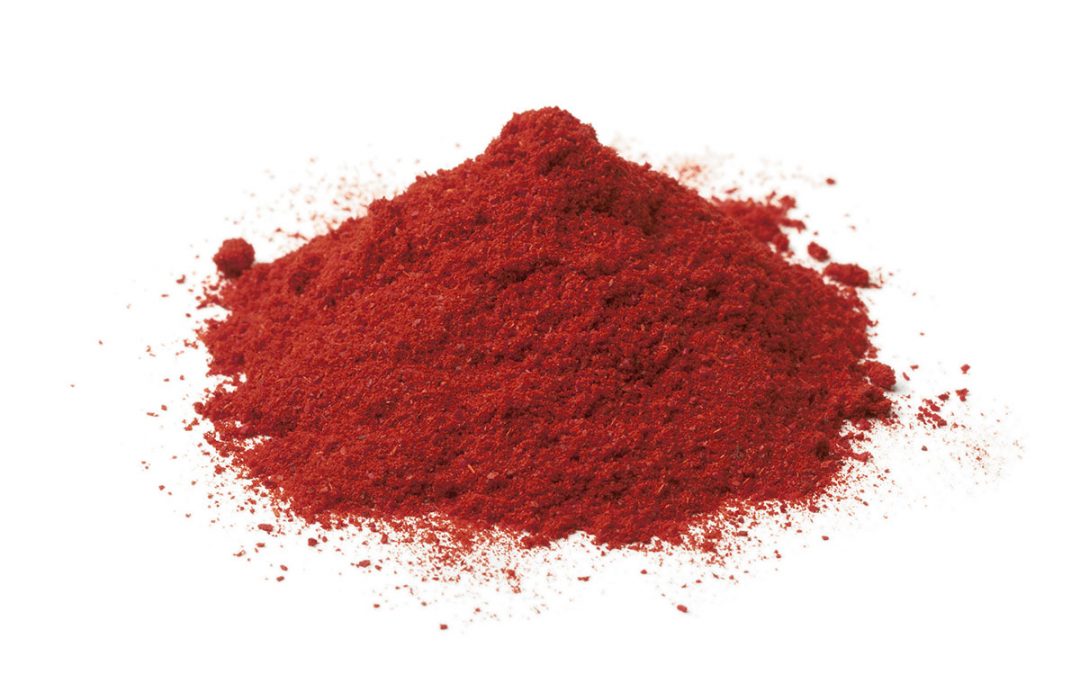Haematococcus pluvialis is a unicellular, green alga that is a common component of nutraceuticals, pharmaceuticals, cosmetics, aquaculture, and numerous food products. H. pluvialis generally grows a green, free floating, single-celled organism, but under certain conditions not favourable for cell growth H. pluvialis goes into a dormant stage with dramatically increased concentrations of the antioxidant astaxanthin.
The nutraceutical market uses astaxanthin derived from H. pluvialis algae almost exclusively. H. pluvialis concentrates astanxanthin to 3% or more of its dry weight, significantly more than other potential natural sources. Natural astaxanthin is a carotenoid pigment with antioxidant activity at least 10 times stronger than beta-carotene and 1000 times more effective than vitamin E. This anti-oxidant activity has a variety of health benefits, and makes astaxanthin effective at decreasing arterial blood pressure, plasma levels of triglycerides and non-esterified fatty acids.
Astaxanthin has important metabolic functions in humans like protection against oxidation of essential polyunsaturated fatty acids, protection against UV radiation effects, as well as enhanced vision. This pigment possesses anti-oxidative, anti-cancer, anti-inflammatory, and anti-bacterial activities. Astaxanthin is also useful for prevention and treatment of neural damage associated with age-related macular degeneration and effective at treating Alzheimer’s disease, Parkinson’s disease, spinal cord damage, and other central nervous system injuries.
Growing H. pluvialis is challenging, because the algae exists in two forms. The first form is a motile, free-floating algae cell with flagella, similar to other single-celled green algae. However, when the algae are stressed, they transform into a spore-like cyst form (called a haematocycst), which is non-motile, dormant, and can survive outside of water. The cyst contains the high concentrations of astaxanthin that colour it red. H. pulvialis is difficult to grow in large quantities consistently, since the free-floating form has the tendency to revert to the cyst form, and lie dormant without further growth. Pond’s technology is the only technology that can switch back and forth from the green stage to the cyst on command.

